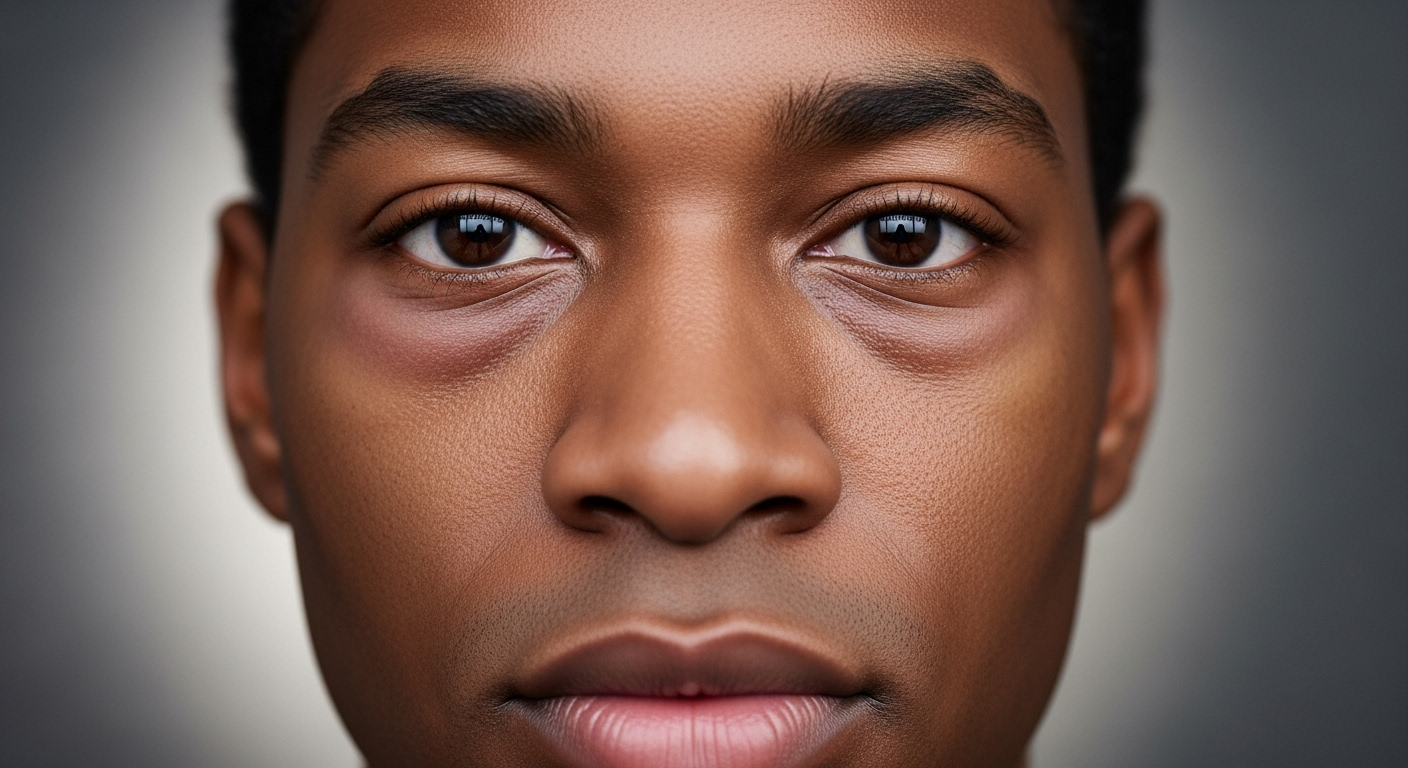Streamlined Editing Steps to Preserve Image Quality
Effective image editing begins before you open an editor: understanding how lighting, exposure, composition, and equipment choices affect capture reduces quality loss during postprocessing. This primer outlines practical, repeatable editing steps that align with capture decisions—helpful whether you work with mirrorless, DSLR, or mobile gear and shoot portrait or landscape scenes.

How does lighting affect image quality?
Good lighting at capture reduces the need for aggressive edits that degrade detail. Aim for soft, directional light for portraits and balanced light for landscapes. When light is limited, prioritize preserving shadow detail and avoid excessive brightening later; this can introduce noise. Learn to identify highlight and shadow clipping in your camera or histogram and make small in-camera adjustments to avoid unrecoverable data loss. For training sessions, practice shooting in varied lighting to recognize how natural and artificial sources influence color, contrast, and the amount of retouching required during editing.
What role does exposure play in editing?
Accurate exposure is the foundation of high-quality edits. Slight underexposure can hide detail in shadows; overexposure can remove highlight detail permanently. Use exposure compensation, histogram monitoring, and bracketing on challenging scenes. When working in RAW, exposure adjustments in postprocessing are more forgiving, but large corrections still erode tonal fidelity and introduce artifacts. In structured training, emphasize dialing in exposure on location, then applying minimal exposure shifts in editing to maintain texture and dynamic range.
How does composition guide postprocessing choices?
Composition decisions—framing, focal length, and subject placement—reduce the need for heavy cropping or perspective fixes later. When composition is intentional, edits can focus on subtle enhancements: local contrast, sharpening selective areas, and color refinement. For portrait work, keep headroom and negative space in mind; for landscape, preserve horizon placement and leading lines. Training that integrates composition with editing workflow helps photographers anticipate which areas will need retouching, so you can capture with the end result in mind rather than relying on corrective postprocessing.
Which lenses, focus, and calibration choices matter?
Lens selection affects sharpness, distortion, and bokeh; prime lenses often yield cleaner images than zooms but choose based on the scene. Proper focus—especially eye focus for portraits—minimizes the need for sharpening or detail recovery. Regular calibration of focus systems and lenses prevents soft images that editing cannot fully fix. Include lessons on how mirrorless and DSLR autofocus behaviors differ, and show how lens-specific profiles (distortion, vignetting) in editing software can correct optical imperfections without damaging overall image quality.
How to handle white balance and color calibration?
Set correct white balance at capture where possible, then use calibrated adjustments in postprocessing for fine tuning. Shooting RAW preserves the most color data, allowing non-destructive white balance shifts; however, extreme changes can flatten color gradations. Color calibration—monitor and camera profiling—ensures that what you see on-screen matches the original intent. Incorporate calibration steps into your workflow so edits remain consistent across devices; this is particularly important when editing on mobile devices versus calibrated desktop displays.
What workflow preserves quality across devices and scenes?
A streamlined workflow minimizes repeated file conversions and preserves original data. Start with RAW or the highest-quality file available, perform global corrections (exposure, whitebalance) first, then move to targeted adjustments (local exposure, sharpening). Maintain a non-destructive editing approach by using layers, virtual copies, or sidecar files so you can revert changes. When working between mobile and desktop or across mirrorless and DSLR systems, export using high-quality, appropriate bit-depths for further editing. For portrait and landscape projects, establish presets that respect tonal integrity rather than applying heavy-handed filters.
Conclusion Preserving image quality is as much about capture discipline as it is about careful editing. By controlling lighting and exposure in-camera, prioritizing composition, selecting and calibrating lenses, and choosing a non-destructive, device-aware workflow, photographers reduce the need for radical postprocessing. Training that ties these elements together equips photographers to make efficient editing decisions while safeguarding detail, color, and tonal range.





